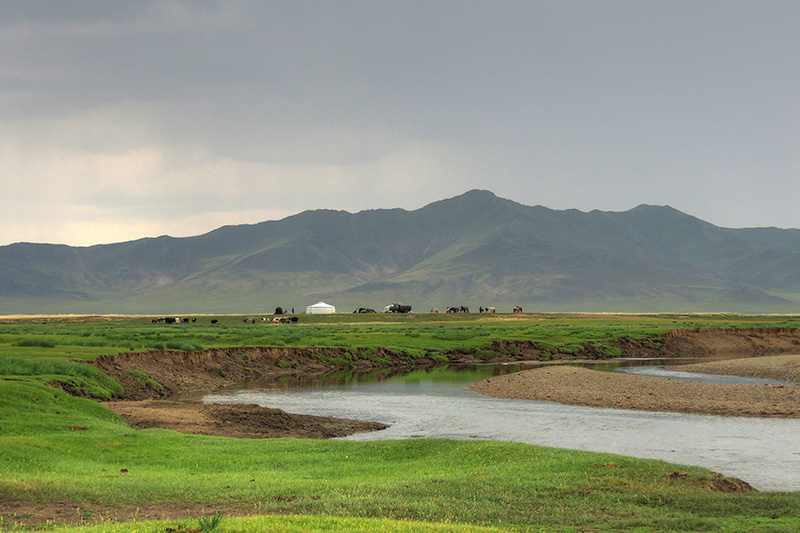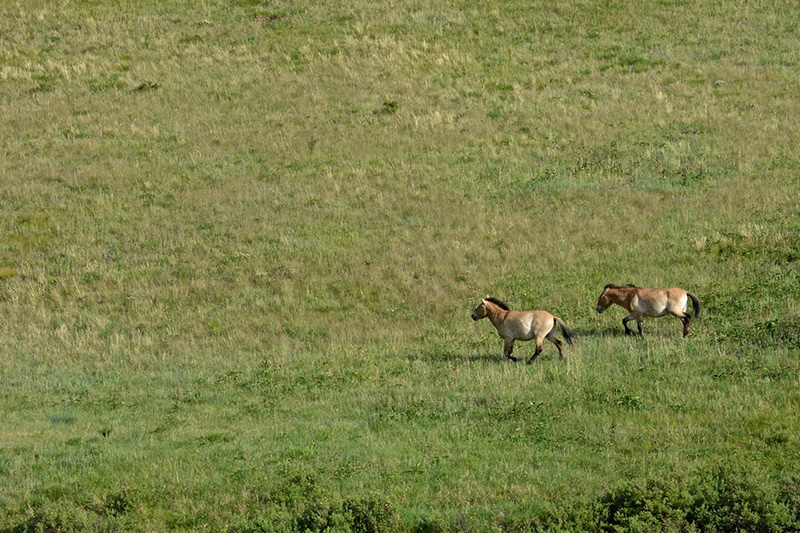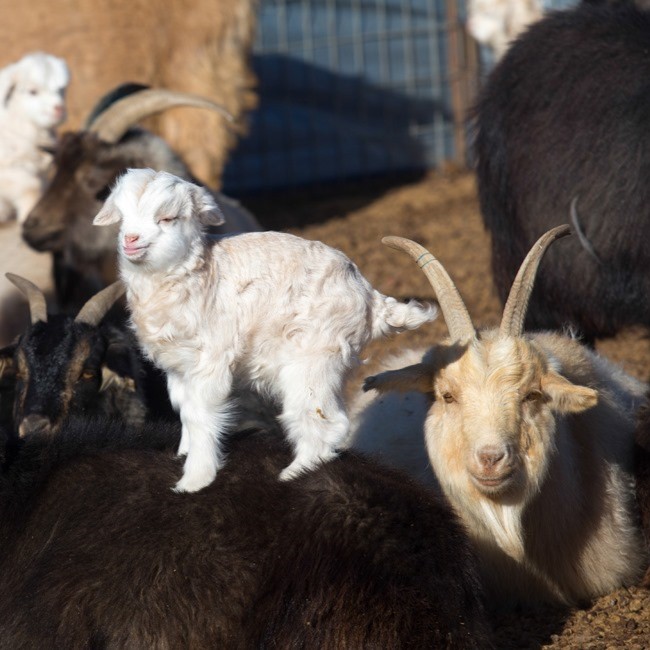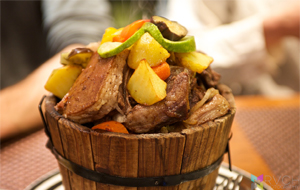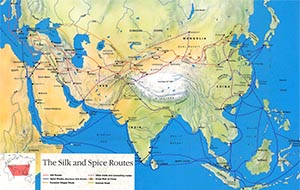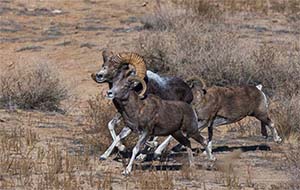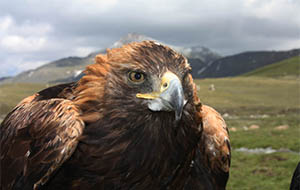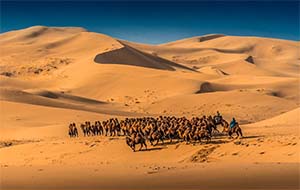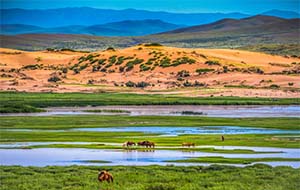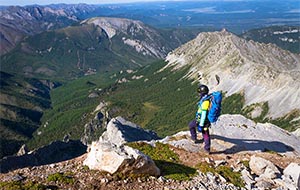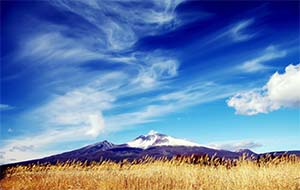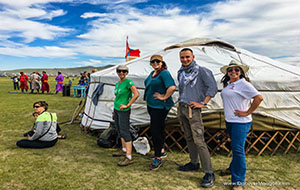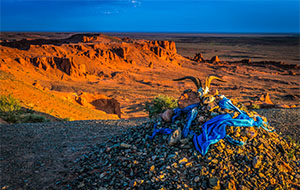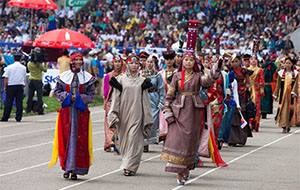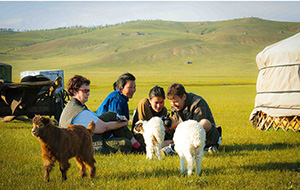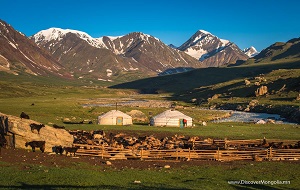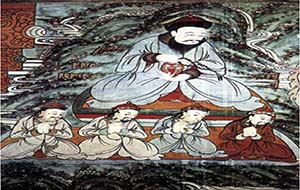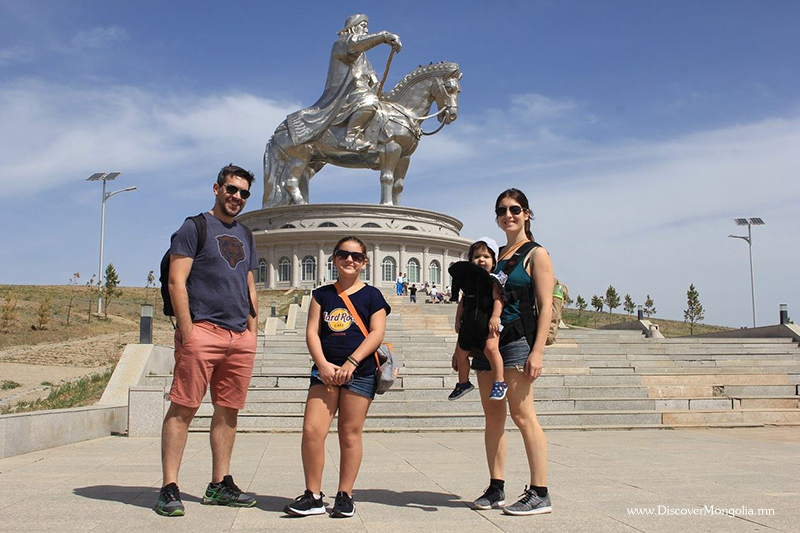Wild horses, Khustai National Park, Mongolia
A Little Bit Of History
First described in 1881 by L.S.Poliakov, this endangered species, as mentioned, is native to central Asia. They have a short, muscular body, and are smaller than domesticated horses. Their color ranged from beige to brown, with a white muzzle and a stylish, short mane. What makes them so unique is the fact that, throughout history, all horses have been domesticated by humans, except for the P-horse, and it is therefore considered to be the only real wild horse today.
Even though there are other wild horses, such as the free-roaming mustang horses of the American West, or the Australian Brumby, these horses are in fact herds of domesticated horses that were reintroduced or escaped to the wild.
However, according to recent findings, the Przewalski’s horses may have descended from the first domesticated horses by an archaeological culture, the Botai (c. 3700–3100 BC).
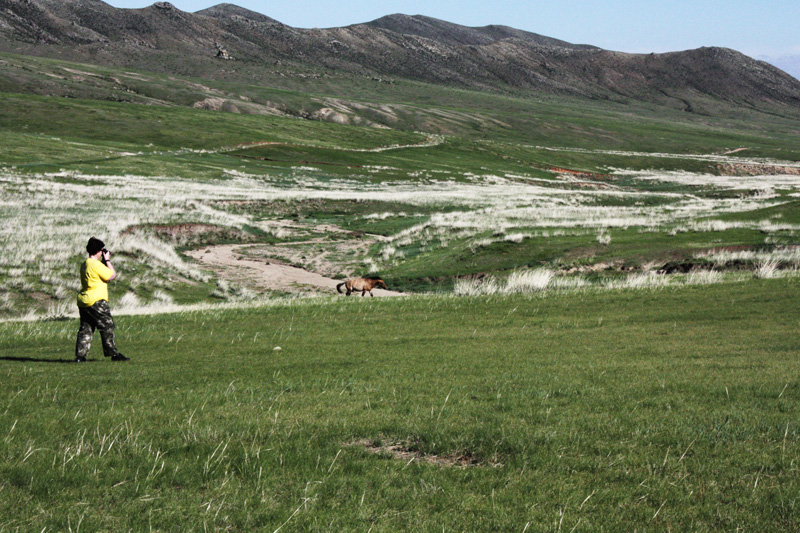
Khustai National Park is best known as a home to wild Przewalski horses
From the Zoo to the Wild
Unfortunately, this breed faced some harsh times. The last sighting of a P-horse in the wild was in 1969. Its downfall started around the beginning of the 20th century due to different contributing factors. Many were captured and placed in zoos as an exotic animal, and those that remained in the wild barely survived harsh winters, habitat loss, and WWII occupation. By 1945, only two groups were residing in zoos, and it was from these 12 to 15 horses that were reproduced to form today’s populations. The researchers from London and Mongolia have been actively working together to conserve the species.
Perhaps, the most significant success of this effort is the fact that about 300 horses have returned to their native habitat in various national parks and reserves in Mongolia.
Following this success of these sustained wild populations, other groups have been reintroduced to the wild across the world, classifying the species as endangered, rather than extinct in the wild.

Park occupies such a vast territory, there is ample opportunity for various outdoor activities such as takhi and bird watching, hiking, horse or camel riding, photo shooting and visiting ancient artifacts there.
What They’re All About
The Przewalski’s horses have without a doubt been through a lot, and it seems that the main focus is always on their history and unique status in the animal kingdom. However, little attention is given to how remarkable they are when it comes to their affectionate behavior. They live in herds, graze together, their young can be seen playing even when they’re a few weeks old, and they have a sophisticated understanding of hierarchy between individuals.
If the story of the Przewalski’s horses has inspired you, do not miss the opportunity to visit them in their native habitat, and discover other inspiring travel ideas here.


















